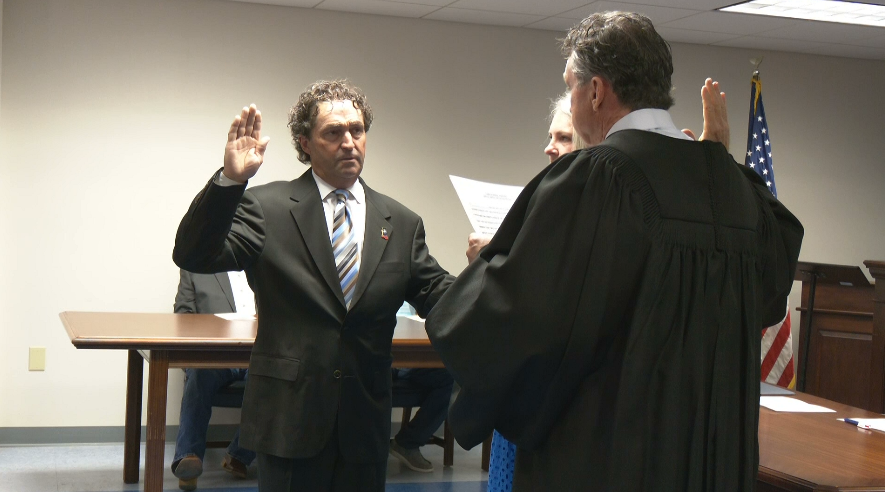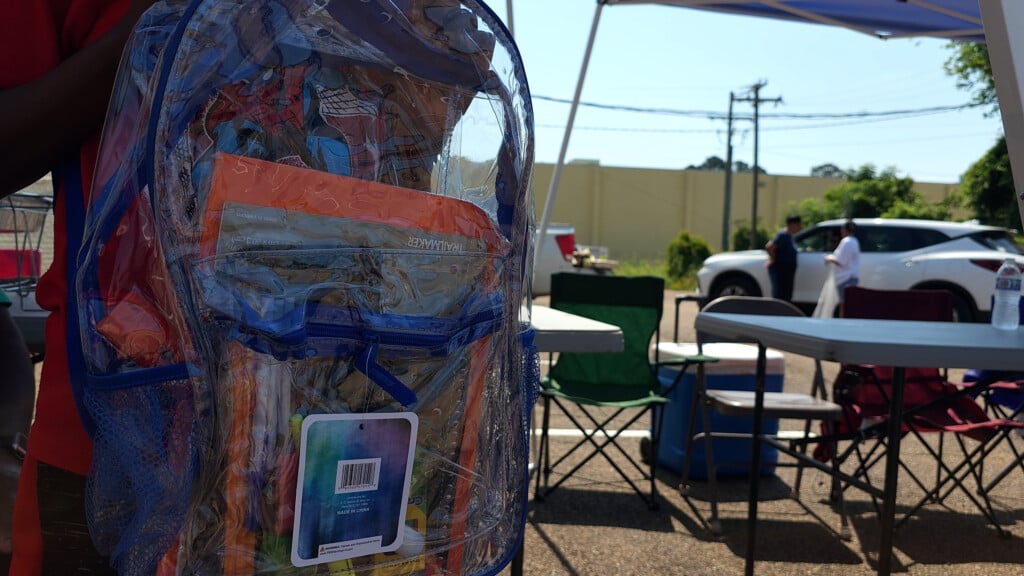‘Maroon goes green,’ how MSU is making campus eco-friendly
STARKVILLE, Miss. (WCBI) – Mississippi State’s campus is becoming greener. It’s a part of an ongoing sustainability efforts and projects.
It’s called “Maroon Goes Green.”
The initiative focuses on reducing waste and improving energy use. It’s something the university has been working on for several years and will continue to work on.
“We’ve signed a document saying that we will be carbon neutral by 2042, and so we’re working to reduce our waste and increase our energy efficiency to help make that goal,” said MSU Sustainability Coordinator, Christine Lashley.
In order to reach the goal, Mississippi State is doing things to save energy and increase recycling across campus.
“The state of Mississippi has about a 60% recycling availability right now in the state compared to the United States, which is about a 90% recycling rate, so we’re kind of at a disadvantage already, so when students come onto campus, we want to teach them how to recycle and let them know how important it is.”
On top of that, Mississippi State has been working to reduce its energy use.
“For the last ten years, we have been on an energy efficiency effort and we’ve seen the university avoid about $50 million in natural gas and electricity costs, due to using technologies and undergoing initiatives that help us reduce our energy usage on campus,” said MSU Associate Director of Engineering Services, J.D. Hardy.
That includes high-tech lighting and climate control solutions.
“We have a system on campus that controls the temperatures in the buildings, so we can shut them off after hours to not use energy when folks aren’t there and we have a lot of infrastructure that helps us to deliver energy efficiently to campus, such as the central chiller plant.”
The cooling is created here at the chiller plant and reaches buildings on campus through about ten million square feet of underground pipe.
About four years ago, the ice chiller was added to the chiller plant, saving about a half-million dollars or more so far.
“The standard chiller plant, which is more common, just generates chill water. It doesn’t have the ice making ability, so we added the ice making ability back in 2014, which allows us again, to make that cooling at night when power is cheap, store it up, and then in the day, when power is more expensive, we can deliver it to campus.”
State is currently undergoing a project to expand their underground piping network by the Drill Field to connect one side of campus to the other with the chill lines.





Leave a Reply